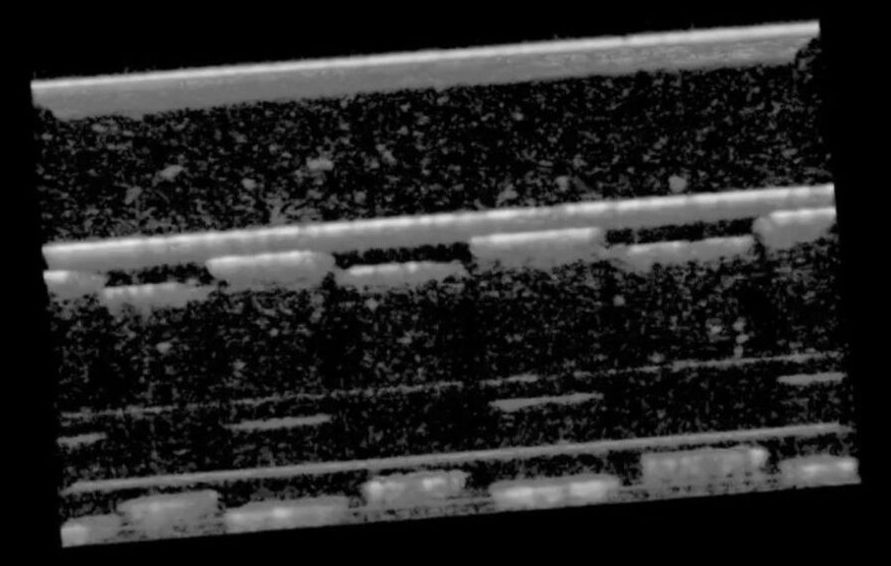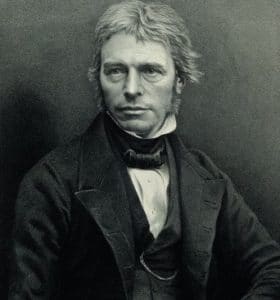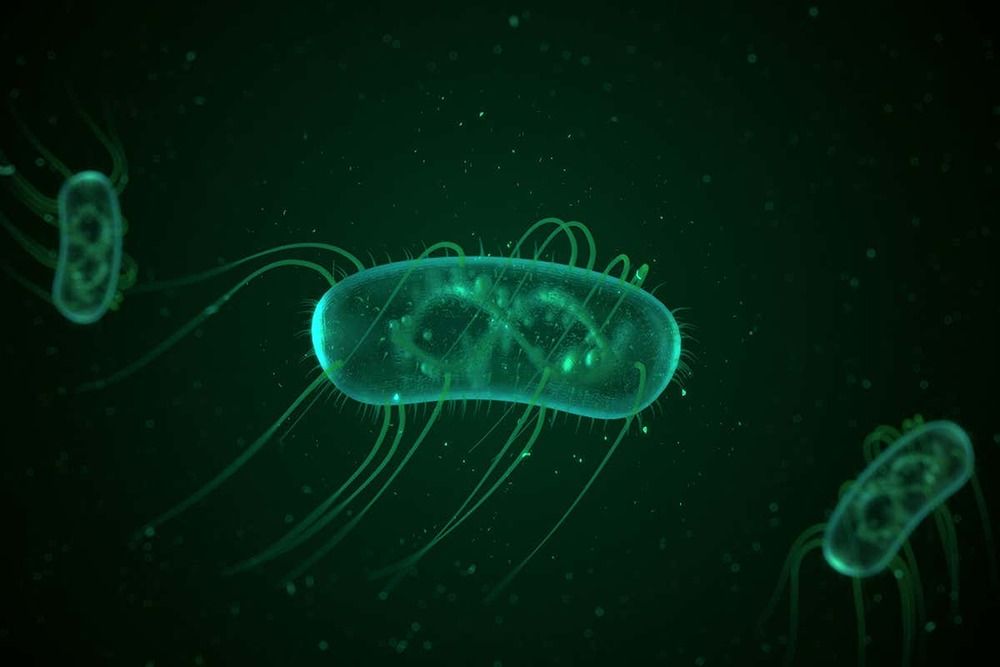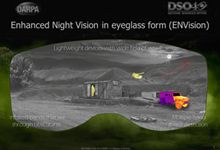Page 6567
Jan 12, 2021
Reality Does Not Depend on the Measurer According to New Interpretation of Quantum Mechanics
Posted by Paul Battista in categories: neuroscience, quantum physics
For 100 years scientists have disagreed on how to interpret quantum mechanics. A recent study by Jussi Lindgren and Jukka Liukkonen supports an interpretation that is close to classical scientific principles.
Quantum mechanics arose in the 1920s – and since then scientists have disagreed on how best to interpret it. Many interpretations, including the Copenhagen interpretation presented by Niels Bohr and Werner Heisenberg and in particular von Neumann-Wigner interpretation, state that the consciousness of the person conducting the test affects its result. On the other hand, Karl Popper and Albert Einstein thought that an objective reality exists. Erwin Schrödinger put forward the famous thought experiment involving the fate of an unfortunate cat that aimed to describe the imperfections of quantum mechanics.
Jan 12, 2021
Scientists Discover a Way to Control the Immune System’s “Natural Killer” Cells With “Invisible” Stem Cells
Posted by Paul Battista in categories: biotech/medical, business, life extension
UC San Francisco scientists have discovered a new way to control the immune system’s “natural killer” (NK) cells, a finding with implications for novel cell therapies and tissue implants that can evade immune rejection. The findings could also be used to enhance the ability of cancer immunotherapies to detect and destroy lurking tumors.
The study, published today (January 82021) in the Journal of Experimental Medicine, addresses a major challenge for the field of regenerative medicine, said lead author Tobias Deuse, MD, the Julien I.E. Hoffman, MD, Endowed Chair in Cardiac Surgery in the UCSF Department of Surgery.
“As a cardiac surgeon, I would love to put myself out of business by being able to implant healthy cardiac cells to repair heart disease,” said Deuse, who is interim chair and director of minimally invasive cardiac surgery in the Division of Adult Cardiothoracic Surgery. “And there are tremendous hopes to one day have the ability to implant insulin-producing cells in patients with diabetes or to inject cancer patients with immune cells engineered to seek and destroy tumors. The major obstacle is how to do this in a way that avoids immediate rejection by the immune system.”
Jan 11, 2021
Entangled photons can see through translucent materials
Posted by Quinn Sena in categories: biological, quantum physics
Quantum twist on optical coherence tomography offers million-fold improvement in imaging.
Entangled pairs of photons have been used by physicists in Germany and Austria to image structures beneath the surfaces of materials that scatter light. The research was led by Aron Vanselow and Sven Ramelow at Humboldt University of Berlin and achieved high-resolution images of the samples using “ultra-broadband” photon pairs with very different wavelengths. One photon probed the sample, while the other read out image information. Their compact, low-cost and non-destructive system could be put to work inspecting advanced ceramics and mixing in fluids.
Optical coherence tomography (OCT) is a powerful tool for imaging structures beneath the surfaces of translucent materials and has a number of applications including the 3D scanning of biological tissues. The technique uses interferometry to reject the majority of light that has scattered many times in an object, focussing instead on the rare instances when light only scatters once from a feature of interest. This usually involves probing the material with visible or near-infrared light, which can be easily produced and detected. Yet in some materials such as ceramics, paints, and micro-porous samples, visible and near-infrared light is strongly scattered – which limits the use of OCT. Mid-infrared light, however, can penetrate deeper into these samples without scattering – but this light is far more difficult to produce and detect.
Continue reading “Entangled photons can see through translucent materials” »
Jan 11, 2021
It’s Not Your Rubber Tires That Protect You From Lightning
Posted by Quinn Sena in category: climatology
Circa 2016
Many people think that it is the rubber tires that protect them when their car is struck by lightning. In reality, their car is becoming a Faraday cage. What is that and how does it work?
Michael Faraday was a British scientist born in 1791. Although not formally educated, he had a strong interest in electromagnetism. He also credited with discovering Benzene and popularizing terms such as anode, cathode and electrode. As an apprentice for a bookbinder, he read many books which encouraged his interest in science. He soon became a well known experimental scientist leading to his name becoming a unit of electrical charge. He is also known for inventing the Faraday rotator and Faraday cage.
Jan 11, 2021
CRISPR gene editing used to store data in DNA inside living cells
Posted by Quinn Sena in categories: bioengineering, biotech/medical
Biologists have used CRISPR gene editing to store information inside DNA in living bacterial cells, which could become a storage medium of the future.
Jan 11, 2021
Tweaking AI software to function like a human brain improves computer’s learning ability
Posted by Saúl Morales Rodriguéz in category: robotics/AI
Computer-based artificial intelligence can function more like human intelligence when programmed to use a much faster technique for learning new objects, say two neuroscientists who designed such a model that was designed to mirror human visual learning.
Jan 11, 2021
DARPA Seeks Compact, Deployable Electron Accelerator
Posted by Saúl Morales Rodriguéz in categories: biotech/medical, food, military
New program aims to build and demonstrate ruggedized device for tactical applications.
Like.
Comment.
Continue reading “DARPA Seeks Compact, Deployable Electron Accelerator” »
Jan 11, 2021
Night-Vision Revolution: Less Weight, Improved Performance
Posted by Saúl Morales Rodriguéz in categories: energy, military
Leveraging new tech, DARPA aims for night-vision goggles the size and weight of regular eyeglasses.
Like.
Comment.
Continue reading “Night-Vision Revolution: Less Weight, Improved Performance” »


















